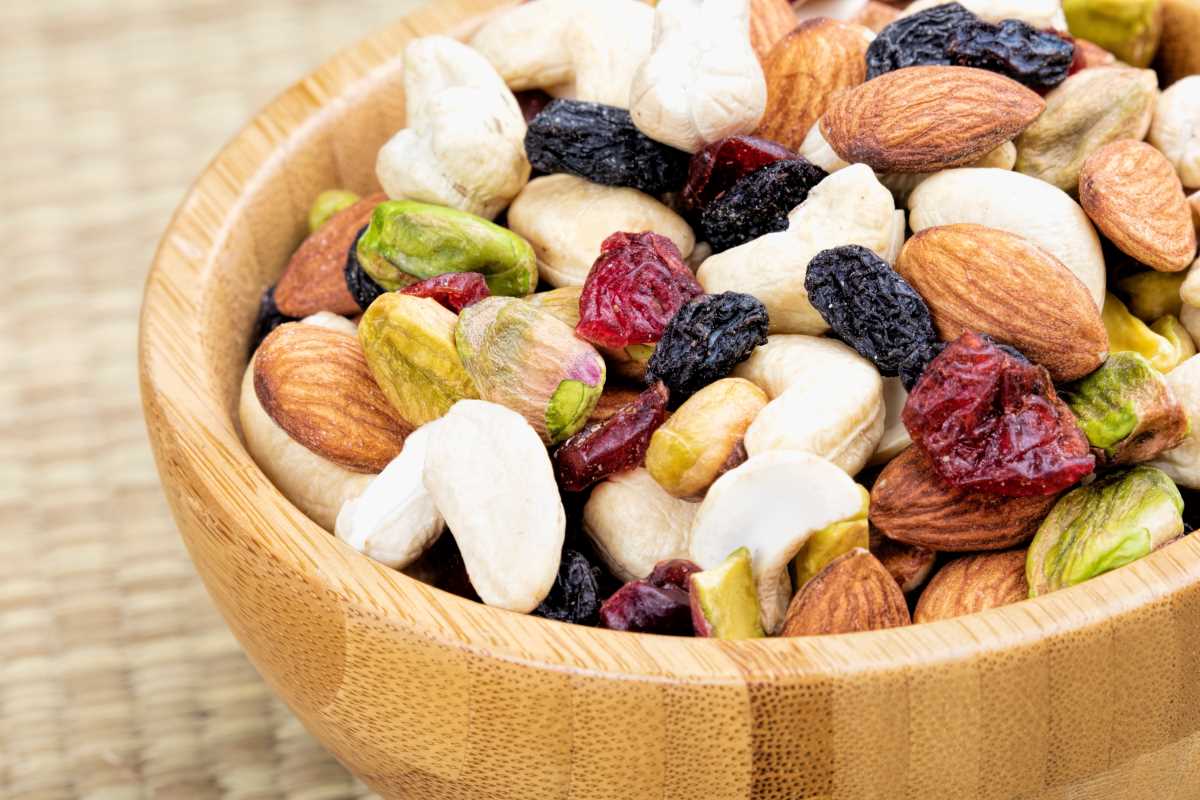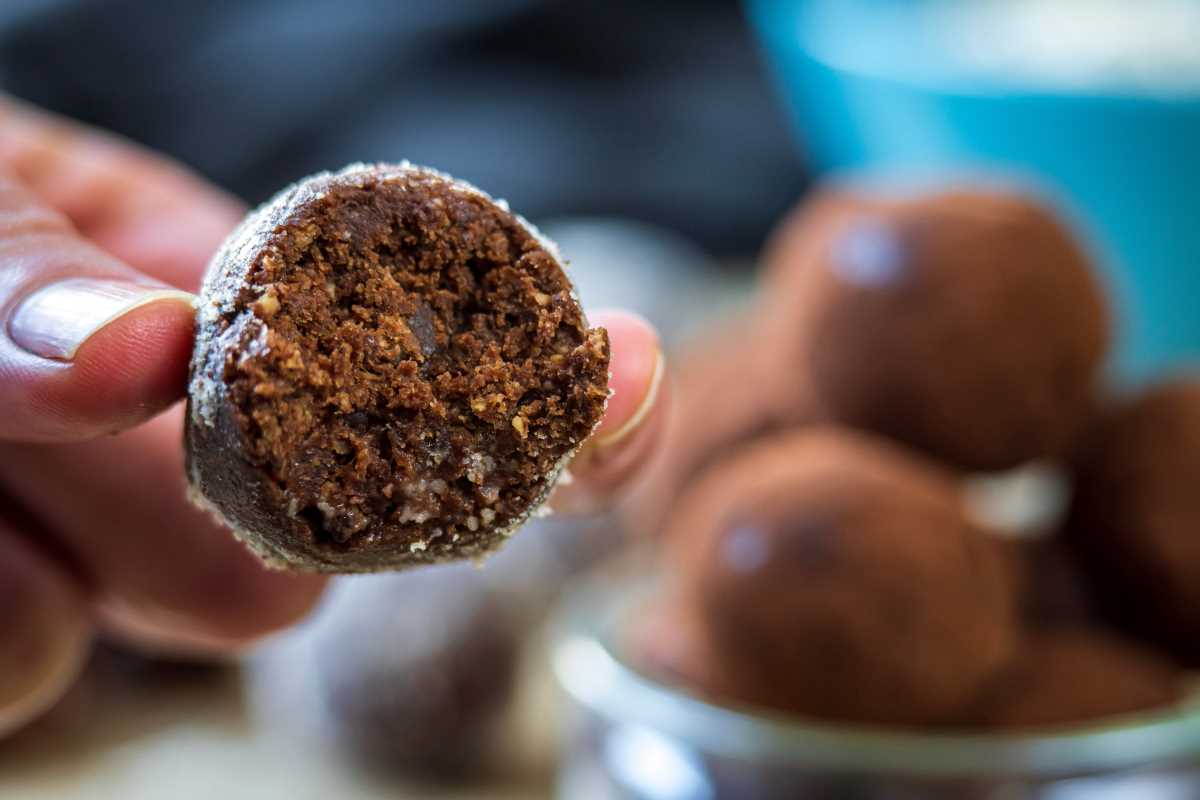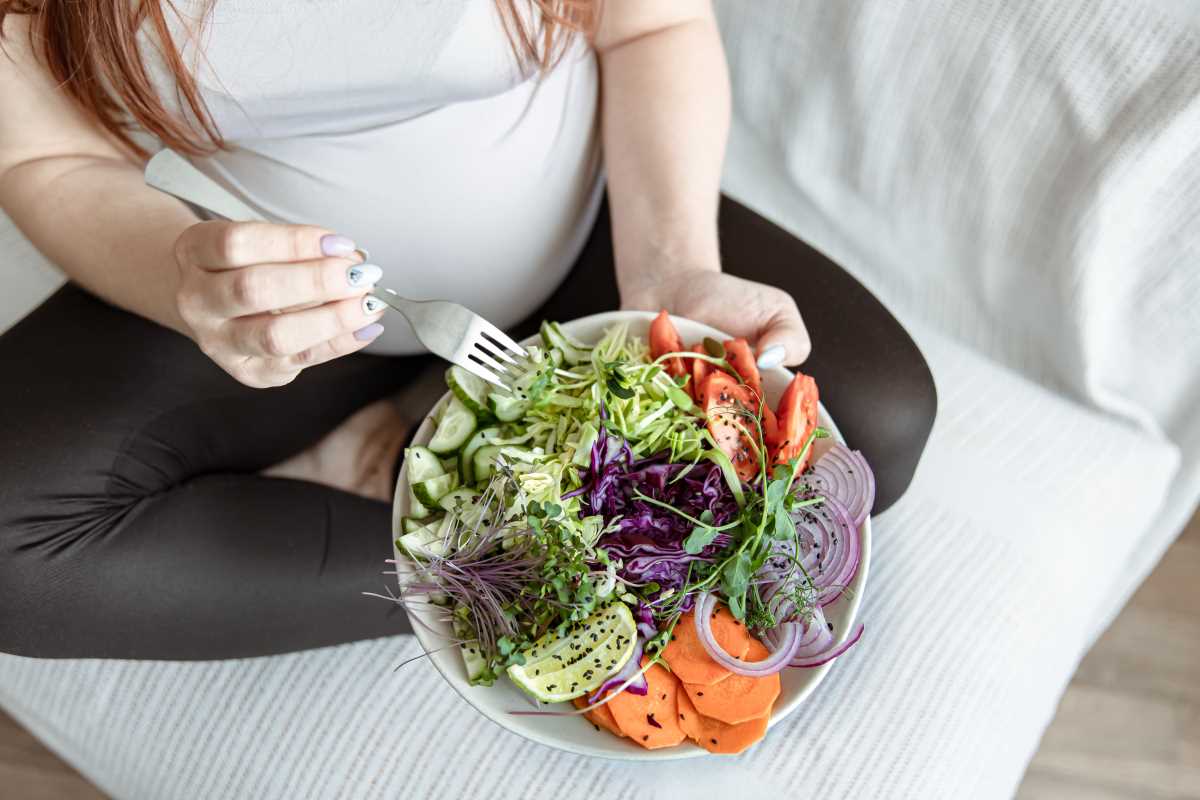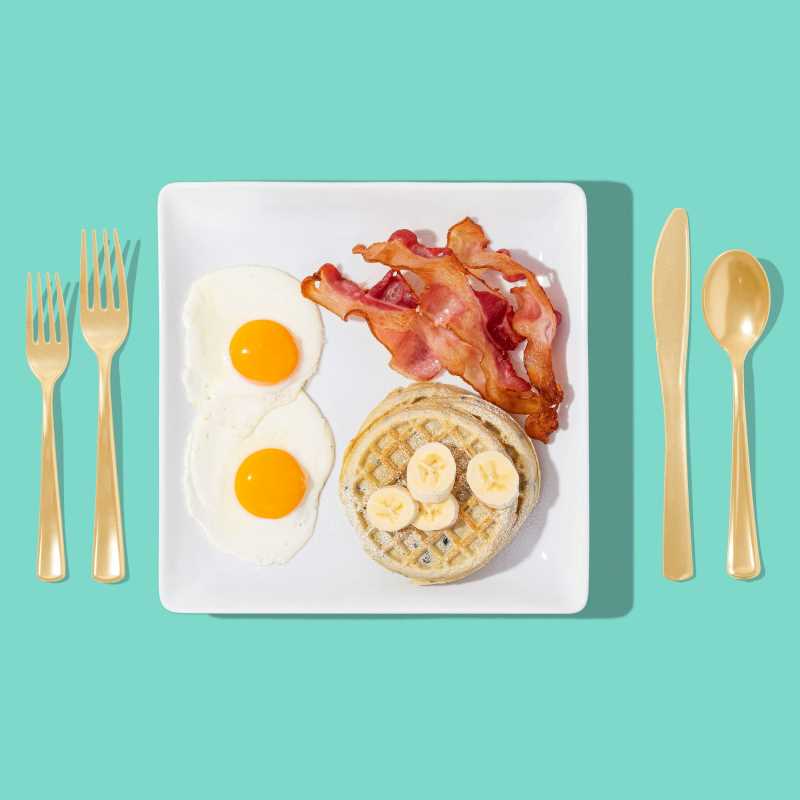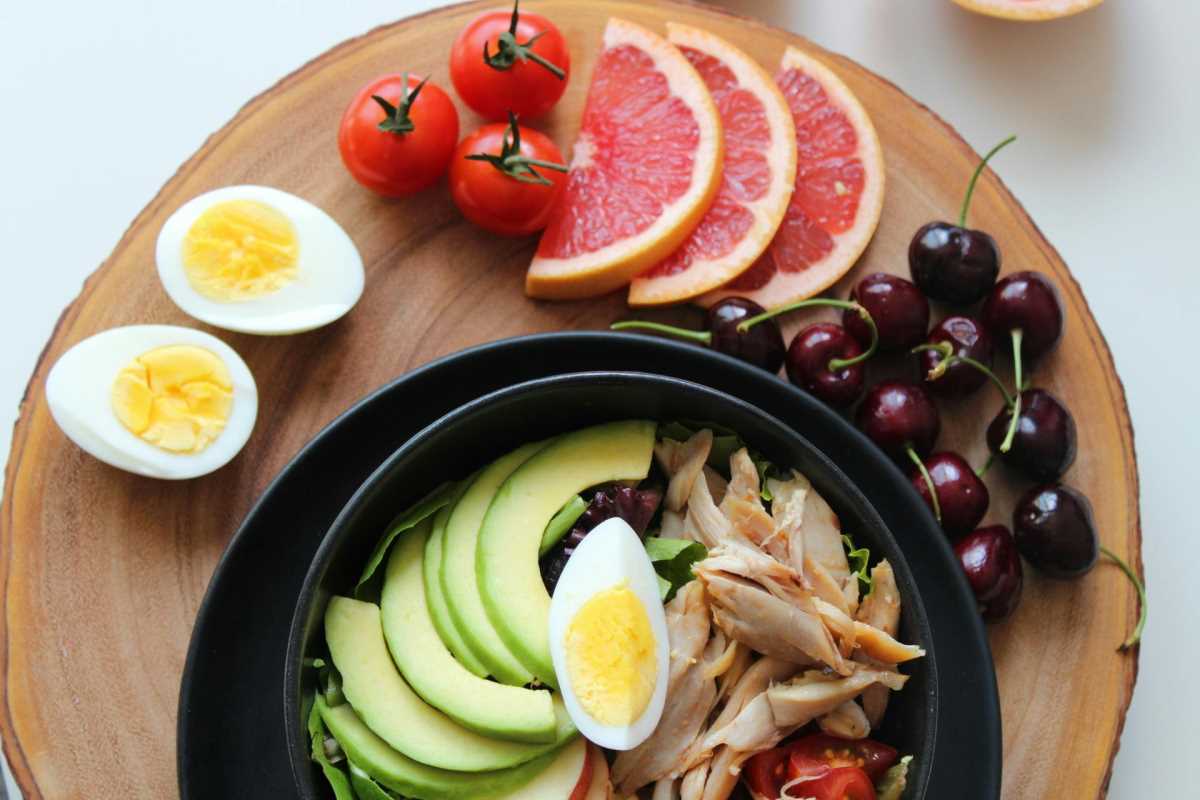If 2024 was the year of “eat like a biohacker,” 2025 is shaping up to be “eat like an algorithm.” Between viral TikToks, supplement stacks, and AI-personalized everything, the nutrition noise is deafening. Here’s a clear-eyed look at the buzziest trends this year—what’s hype, what has a kernel of truth, and what actually helps most people feel and function better.
1) “Detoxes” and 3-Day Resets
The claim: Flush out “toxins” with teas, juices, or ultra-restrictive plans.
The reality: Your liver, kidneys, lungs, and gut are your detox system, running 24/7 without lemon water or laxative tea. Short, low-calorie cleanses mostly lead to water loss, rebound hunger, and a cranky mood.
What actually helps: Support your built-in detox by eating enough protein and fiber, sleeping 7–9 hours, hydrating, and limiting alcohol.
A quick upgrade: Swap “detox” for a 7-day “re-balance”: half your plate produce, quarter protein, quarter carbs, plus a thumb of healthy fat at each meal.
2) Seed Oil Panic
The claim: Seed oils (canola, soybean, sunflower) are the root of inflammation and weight gain.
The reality: Dose and overall diet quality matter more than one ingredient. Most evidence shows replacing saturated fat with unsaturated fat (including from seed oils) can improve heart health markers. Overheated or repeatedly reused oils aren’t great—but that’s a cooking practice issue, not a single-ingredient villain.
What actually helps: Mix your fats. Use olive oil at the table, avocado or canola for high-heat cooking, and aim for more whole-food fat sources (nuts, seeds, fish).
3) Carnivore (All-Meat) Diets
The claim: Plants are harmful; meat-only eating fixes everything.
The reality: Eliminating entire food groups can temporarily relieve symptoms for some (often by cutting ultra-processed foods), but long-term fiber deficiency raises risks for constipation, gut microbiome diversity loss, and nutrient gaps (vitamin C, folate, potassium).
What actually helps: If you feel better cutting processed carbs, keep the whole foods (vegetables, berries, legumes) that deliver fiber, polyphenols, and long-term health protection.
4) GLP-1 “Ozempic Diets”
The claim: You need special “GLP-1-friendly” menus to lose fat or keep it off on medication.
The reality: There’s no magic GLP-1 menu. People on these meds often need more protein (to protect muscle), more fiber (for fullness and regularity), and mindful hydration. The fundamentals still do the heavy lifting.
What actually helps: Target ~0.6–0.8 grams of protein per pound of goal body weight, 25–40 g fiber/day, lift 2–3x/week, and work with your clinician on side-effect management.
5) “Hormone-Balancing” Diets
The claim: Specific foods or supplements “balance hormones” and melt fat.
The reality: Outside of medical issues (thyroid disease, PCOS, menopause), most plans rely on generic healthy habits with a hormonal-sounding label. There’s no single food that “balances” hormones; overall patterns (sleep, strength training, protein, fiber, stress management) influence them.
What actually helps: Keep blood sugar swings moderate (protein + fiber at meals), resistance train, sleep well, and maintain a healthy weight. For diagnosed conditions, follow clinician-guided nutrition.
6) Alkaline Water and “Acid-Alkaline” Eating
The claim: Change your blood pH to improve health.
The reality: Your body tightly regulates blood pH. Food can affect urine pH—not blood pH. Minerals in produce are great for health, but not because you’re changing systemic pH.
What actually helps: Eat more fruits and vegetables because they’re nutrient-dense, not because of a pH myth.
7) Continuous Glucose Monitors for Everyone
The claim: Non-diabetic people should wear CGMs to “hack” metabolism.
The reality: CGMs can be illuminating for athletes or those with specific concerns, but for most healthy folks they add cost, anxiety, and fixation without changing long-term outcomes. Context (meal size, composition, timing) matters more than any single spike.
What actually helps: Pair carbs with protein and fat, prioritize fiber, and consider a 10–15 minute post-meal walk.
8) Microbiome Testing = Perfect Diet
The claim: A stool test will hand you a precise, personalized meal plan.
The reality: Microbiome science is advancing fast, but consumer tests vary widely and don’t yet translate to guaranteed results. Your gut likes diversity and consistency: varied plants, adequate fiber, and time.
What actually helps: Aim for 20–30 different plant foods per week (veggies, fruits, beans, whole grains, nuts, seeds, herbs, spices). Fermented foods (yogurt, kefir, kimchi, sauerkraut) can help many people.
9) “Metabolic Confusion” and Extreme Carb Cycling
The claim: Tricking your body with random calorie or carb swings boosts fat loss.
The reality: You don’t need to confuse your metabolism; you need to be consistent enough to create a modest calorie deficit while preserving muscle. Aggressive swings often backfire with low energy and binge-restrict cycles.
What actually helps: Choose an approach you can repeat for months: steady protein, mostly whole foods, and planned flexibility (yes, include favorites).
10) Collagen for Weight Loss and Muscle
The claim: Collagen powder boosts muscle and burns fat.
The reality: Collagen is low in key amino acids (notably leucine) needed to stimulate muscle protein synthesis. It’s useful for skin/joints in some cases, but it’s not a primary muscle or weight-loss protein.
What actually helps: Use whey, casein, soy, egg, or mixed plant proteins for muscle; use collagen for joints/skin in addition, not instead.
11) “Superfood” Shortcuts
The claim: One powder or berry offsets a so-so diet.
The reality: No single food compensates for poor overall patterns. “Superfood” is a marketing term; plenty of humble foods (beans, oats, frozen veggies, apples) punch above their price.
What actually helps: Build a “boring basics” list you actually eat: Greek yogurt, eggs, canned fish, beans, berries, leafy greens, olive oil, oats, potatoes, nuts.
12) AI-Personalized Meal Plans & Supplement Stacks
The claim: Algorithms can outsmart your biology.
The reality: Tech can help with planning and shopping, but it can’t feel your hunger, taste preferences, or schedule chaos. Many stacks are expensive versions of ordinary nutrients you can get from food.
What actually helps: Use AI to batch recipes, generate grocery lists, and track habits—then stick to simple, repeatable meals that fit your life.
Your 2025 No-Hype Plate (Easy Template)
- Half plate: Colorful produce (raw or cooked).
- Quarter plate: Lean protein (fish, poultry, eggs, tofu/tempeh, Greek yogurt; aim 25–45 g per meal).
- Quarter plate: High-fiber carbs (beans, lentils, whole grains, potatoes).
- Add: 1–2 thumbs of healthy fats (olive oil, nuts, seeds, avocado).
- Drink: Mostly water, coffee/tea as you like, alcohol lightly or not at all.
- Move: Resistance train 2–3x/week + daily walking.
How to Tell Hype from Help
- Vague villains & miracle cures? Be skeptical.
- Claims without context? Ask “for whom, how long, compared to what?”
- Shortcuts that cost a lot? Compare to simple, whole-food alternatives.
- Promises to “balance hormones” or “detox”? Look for specifics and evidence.
- All-or-nothing rules? Flexible plans win long term.
